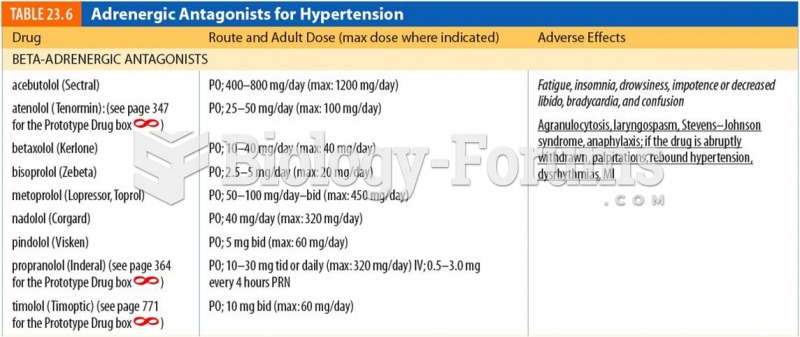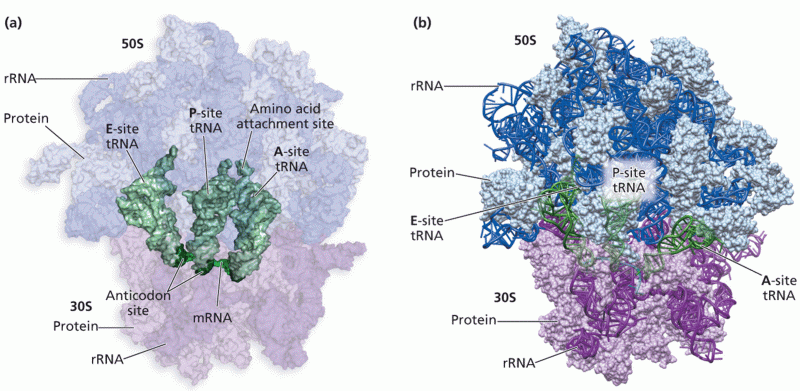Answer to Question 1
F
Beta receptor sites are divided into beta1 and beta2 . Beta1 receptors are found in the heart and kidneys. Stimulation of beta1 receptor sites in the heart results in increased heart rate, contractility, and ultimately irritability of cardiac cells. Stimulation of beta1 receptor sites in the kidneys results in the release of renin into the blood. Renin promotes the production of angiotensin, a powerful vasoconstrictor. Beta2 receptor sites are found in the arterioles of the heart, lungs, and skeletal muscle. Stimulation results in dilation. Stimulation of beta2 receptor sites in the smooth muscle of the bronchi results in dilation.
Answer to Question 2
ANS: A
Women have a higher prevalence of functional decline than men at the upper end of the BMI categories (three times greater risk at a BMI of greater than 35), independent of the usual factors, such as depression and polypharmacy (Jensen & Friedmann 2002).
Dehydration is common in the elderly and has serious consequences. The average fluid intake for community-dwelling elderly persons is less than 1,000 mL per day. Thirst is not a reliable indicator of the need for fluids, and most elderly individuals need reminders to drink fluids. The best method for monitoring hydration status is with the blood urea nitrogen/creatinine ratio; anything greater than 20:1 is highly suggestive of dehydration.
The Tinetti Performance-Oriented Mobility Assessment (POMA) scale is a more sensitive and specific test of gait, balance, and mobility (Box 20.9). The gait and mobility components of the POMA include opportunities to evaluate the initiation of gait, adequacy of step length and height, step and path symmetry and continuity, and ability to turn and pick up speed. Balance is tested by observing immediate standing balance; balance during tandem, one-leg, heel, and toe standing; and a nudge to the sternum or tug from behind. The POMA is sensitive and reproducible and can be used to measure improvement over time; thus, it is often used in clinical trials of exercise interventions.







